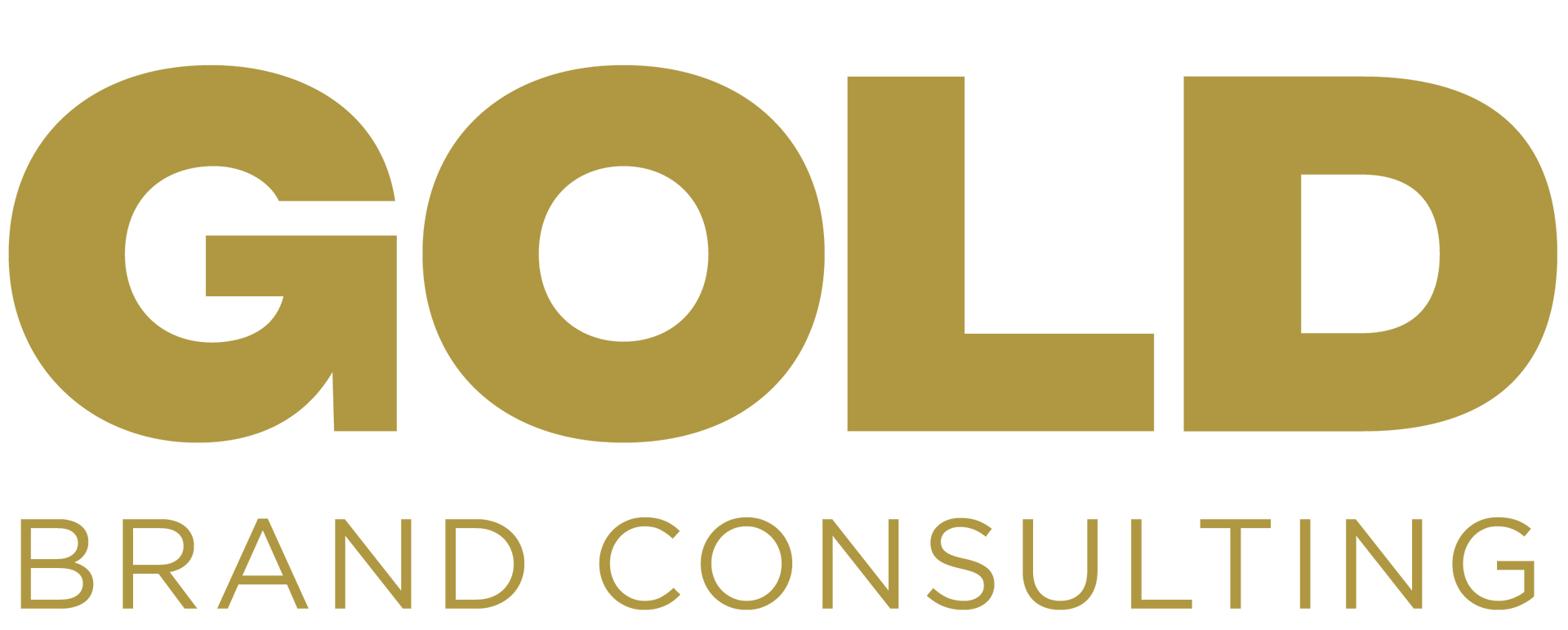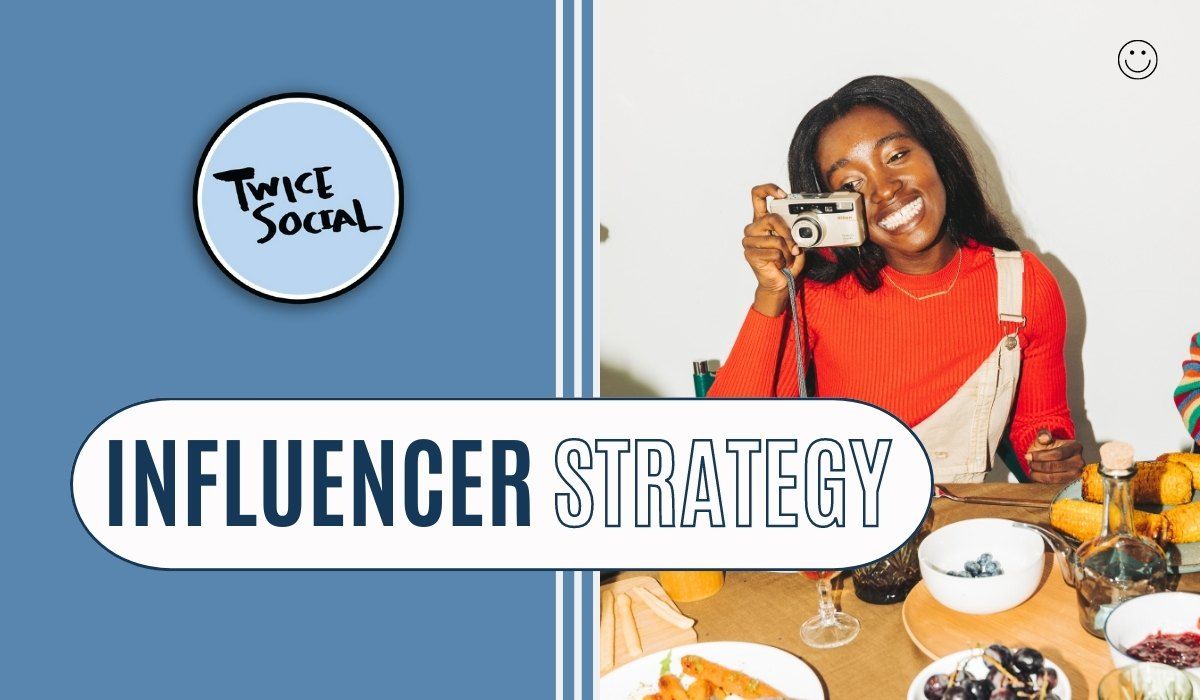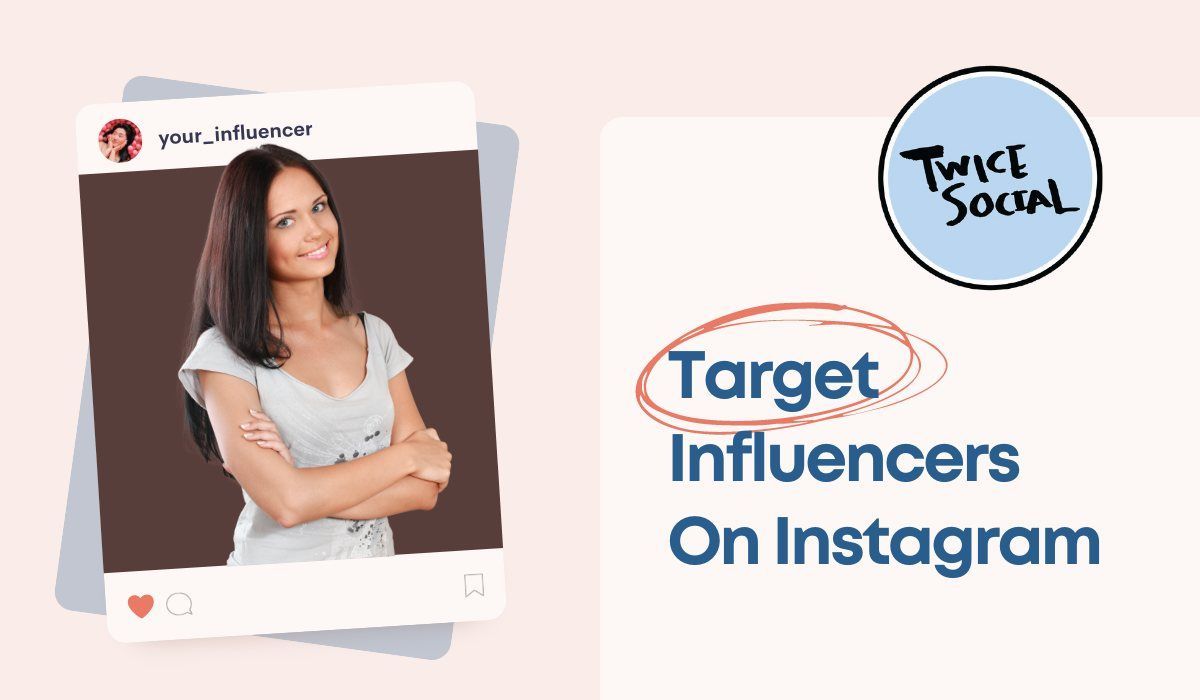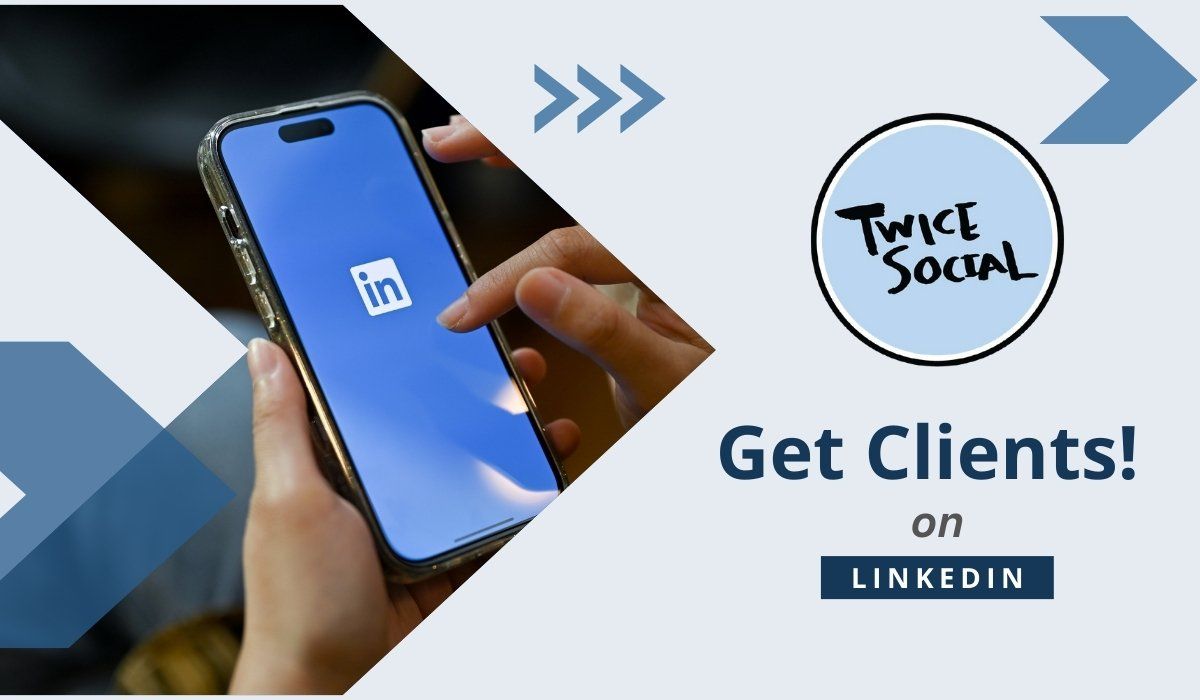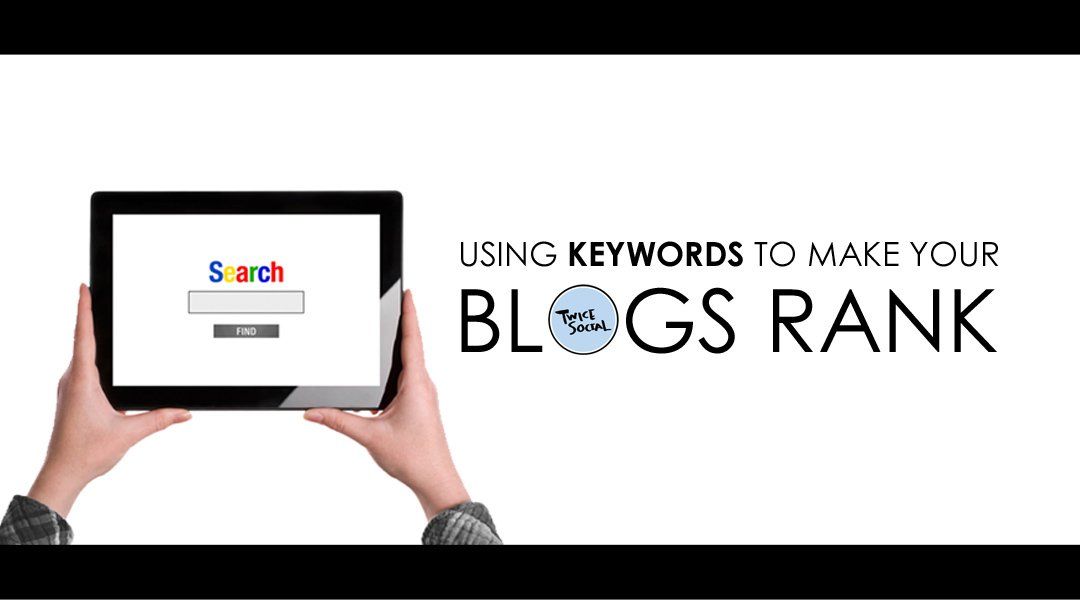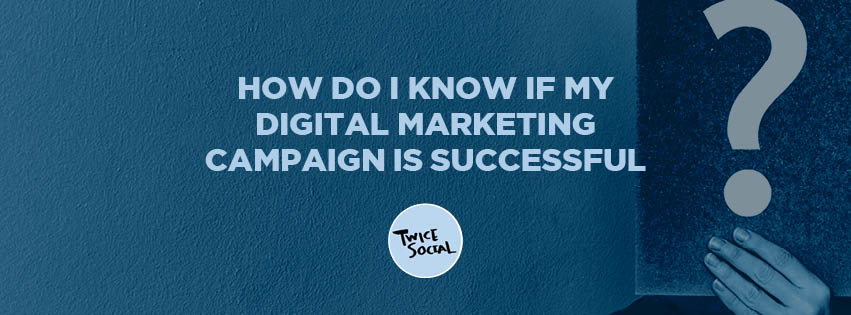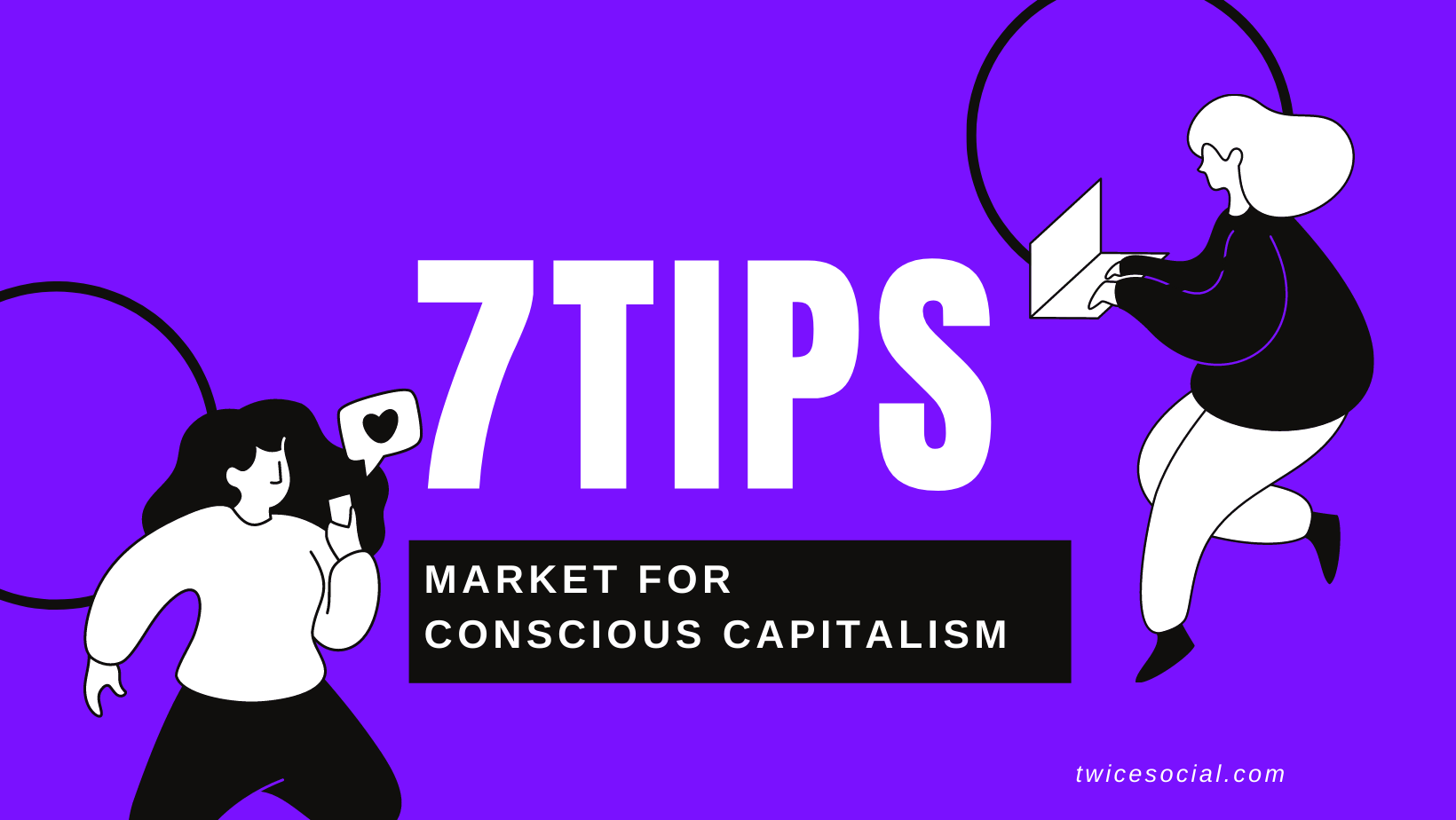Products and services don’t sell themselves.
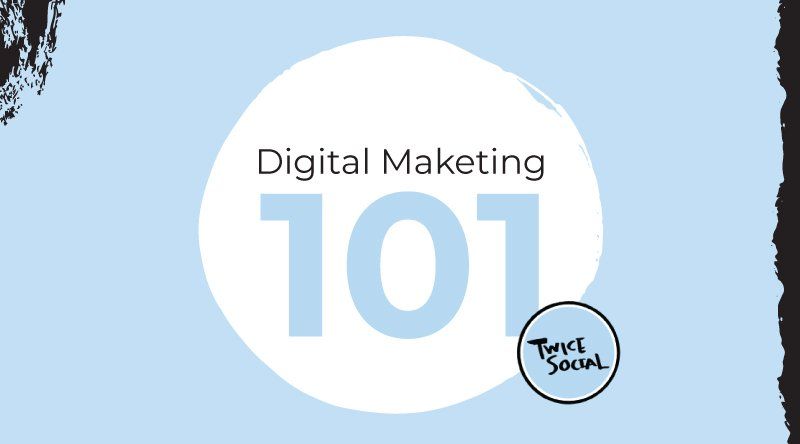
Products and services don’t sell themselves. It doesn’t matter how exceptional your offer is - you’ll never generate meaningful sales figures or revenue without a commitment to mastering the basics of digital marketing.
While it’s impossible to provide an in-depth analysis in one fell swoop, we’re going to do our best to give you an articulate and comprehensive 30,000-foot overview. By the end of reading this post, you should have a strong digital marketing vocabulary to guide your strategic efforts moving forward.
Digital Marketing 101: The Funnel
Marketing is best viewed as a funnel. The goal is to pour as many qualified prospects into the funnel with the understanding that only some will filter down to the bottom and actually become paying customers.
Every brand, including yours, will have its own proprietary digital marketing funnel. But the overall process is fairly consistent. The goal is to move people from awareness to action - something that’s accomplished by nudging prospects through the following stages:
Awareness
Interest
Consideration
Evaluation
Decision
Purchase
It gets more granular than this, but once you understand the basic funnel, you can move forward with more intentionality and focus.
The 5 Digital Marketing Essentials You Must Know
Grasping the funnel concept is just one aspect of digital marketing 101. The next step is to understand which tools you have available at your disposal for pushing prospects further down the funnel until they ultimately become paying customers. And in 2020, there are five fundamental categories businesses must focus on:
1. Website
Your website is your little slice of digital real estate. It’s the one aspect of your online presence that you’re in complete control over. Regardless of whether you run an ecommerce business or a local landscaping company, your provides offers visibility, credibility, and authenticity. It should reflect your brand’s identity, while ultimately speaking to your target customer in terms and value propositions that resonate with them.
2. SEO
A beautiful website is nice, but you need traffic. And while we’ll touch on paid traffic in a moment, search engine optimization (SEO) is the most organic and sustainable method of driving clicks to key pages.
SEO is the process of optimizing your websites in a way that Google’s “search crawlers” understand who you are, what you do, and why you matter. There are highly technical aspects of SEO (like inserting bits of code into the right places and carefully structuring URLs), as well as content-driven components (like developing blog posts with carefully-selected topics and rich long-tail keywords). Mastering both is essential.
3. Social Media
You can’t talk about digital marketing without highlighting the importance of social media. Whereas your website and SEO strategies are all about pulling people in so that you can engage with them, social media allows brands to push out content and intersect their audiences in fun and engaging ways.
A good social media strategy is hard to develop, but can provide exceptional value in return - particularly when followers are engaged with the content you promote.
4. Email
There’s arguably nothing more valuable to a brand than its email list. An email list provides a captive audience of vetted customers and prospects who can be “dripped” on over time. If you want to accelerate your marketing efforts in 2020 and beyond, you must build an engaged email list. This is typically done by offering lead magnets to collect email addresses.
5. Paid Advertising
If SEO is the process of improving your website’s search rankings in an effort to generate referral traffic from Google, paid advertising is all about leveraging Pay Per Click (PPC) ads to gain visibility and drive highly-targeted visitors back to your site.
PPC advertising is basically an umbrella term that’s used to describe paid search campaigns on Google, Facebook, YouTube, or any other search or social platform. And though it can get very expensive (depending on the keywords you’re searching for), most businesses see a positive ROI once they get their strategy dialed in with the right mix of keywords and audience targeting.
Digital Marketing: DIY or DFY?
As this digital marketing 101 primer shows, there’s a lot more to marketing than using a drag and drop website builder and mixing in a few clever tweets. Done well, it requires an investment of time and money. And while you can certainly take a do-it-yourself (DIY) approach, consider whether it’s really the best use of your resources.
In the end, most brands discover that the better approach to marketing is to partner with an agency that provides done-for-you (DFY) services. At Twice Social, our team can help. Whether it’s social, web, or SEO, we’ll work with you to elevate your brand and maximize growth. Contact us today to learn more!
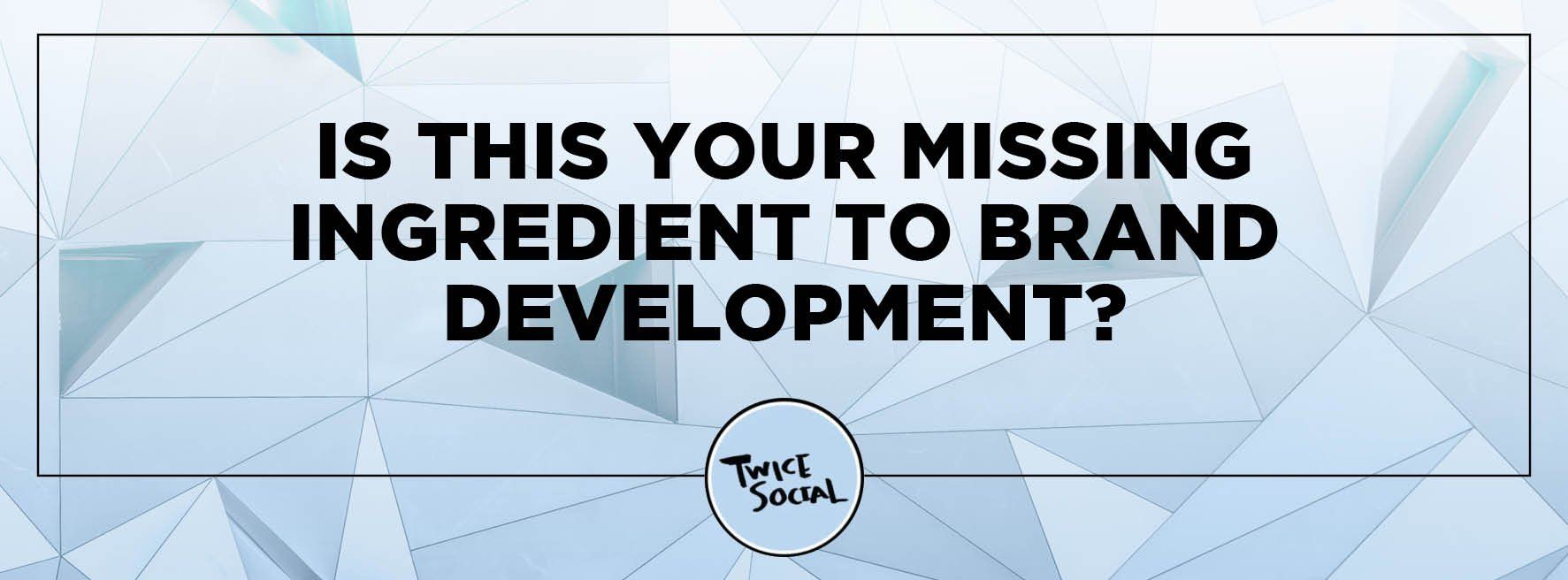
The traditional approach to brand development starts with the brand and then goes after the customer. Unfortunately, this resource-intensive approach often comes across as irrelevant and tone-deaf.
The correct approach to brand development is to start with the ideal customer in mind and then develop branding that resonates with the target audience. And the best way to do this is by getting serious about target personas.
